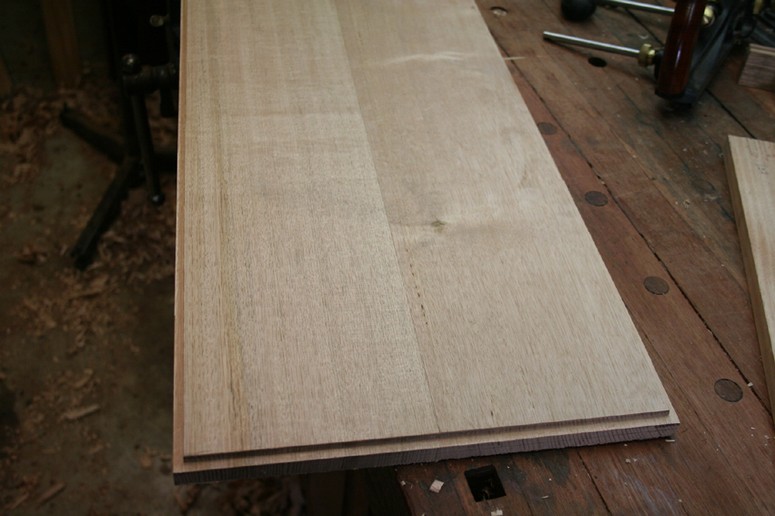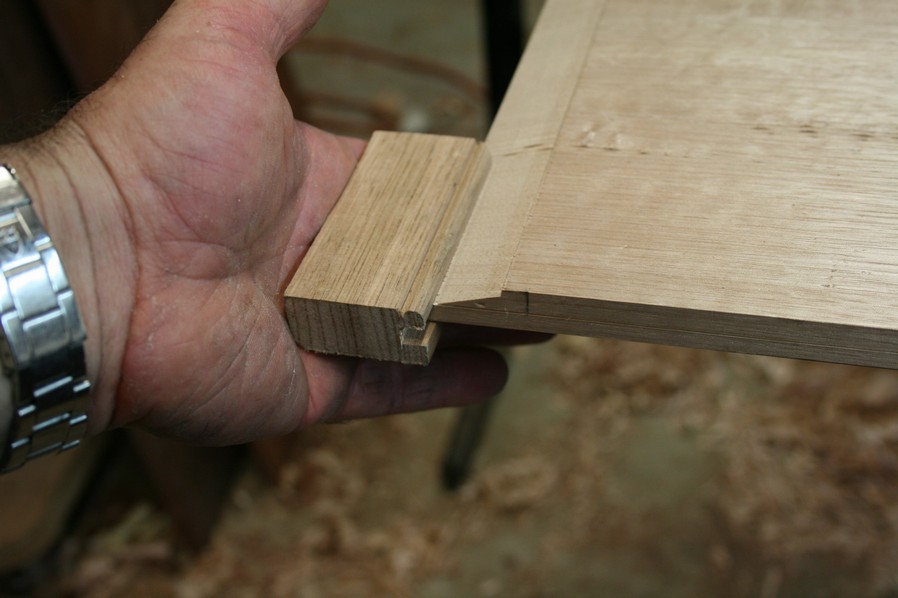image.jpg238C7252-9750-438B-B44D-B68DBD8B8AF2.jpg
So for some reason I am now able to post pictures. Maybe the connection here in North Georgia had problems. In retrospect the edge does not look too bad for end grain. The second picture taken early in the project. The first one is current.
I am wondering if there is a difference between rabbet and rebate, other than a spelling variation. Lee Valley uses rabbet in reference to their planes, which is why I have been using rabbet. My dictioany defines rebate as a rabbet? Maybe there is a unique, to woodworking, definition of rebate? Sometimes there is a British/King’s English original spelling and an American variation/bastardized version.




 Reply With Quote
Reply With Quote






